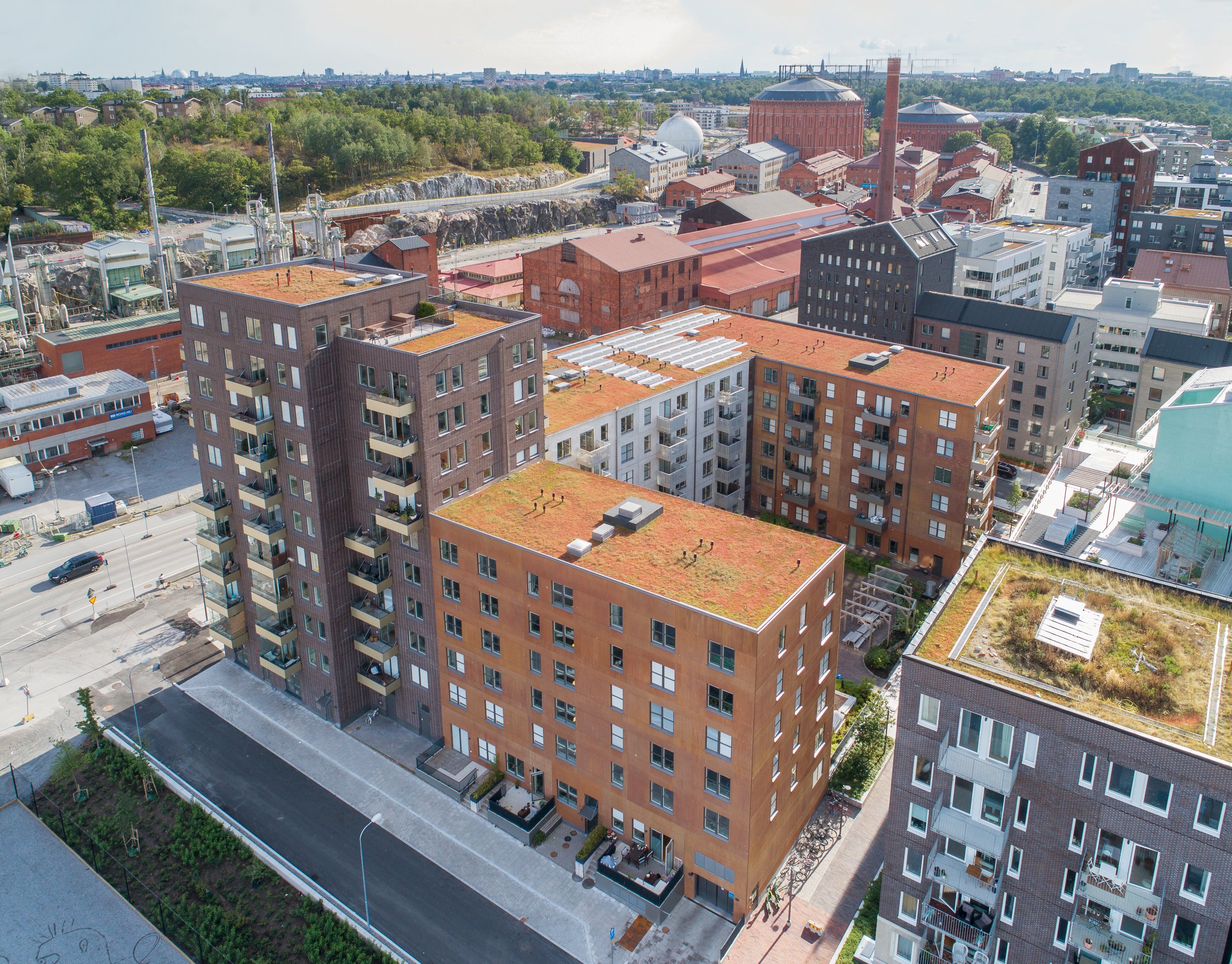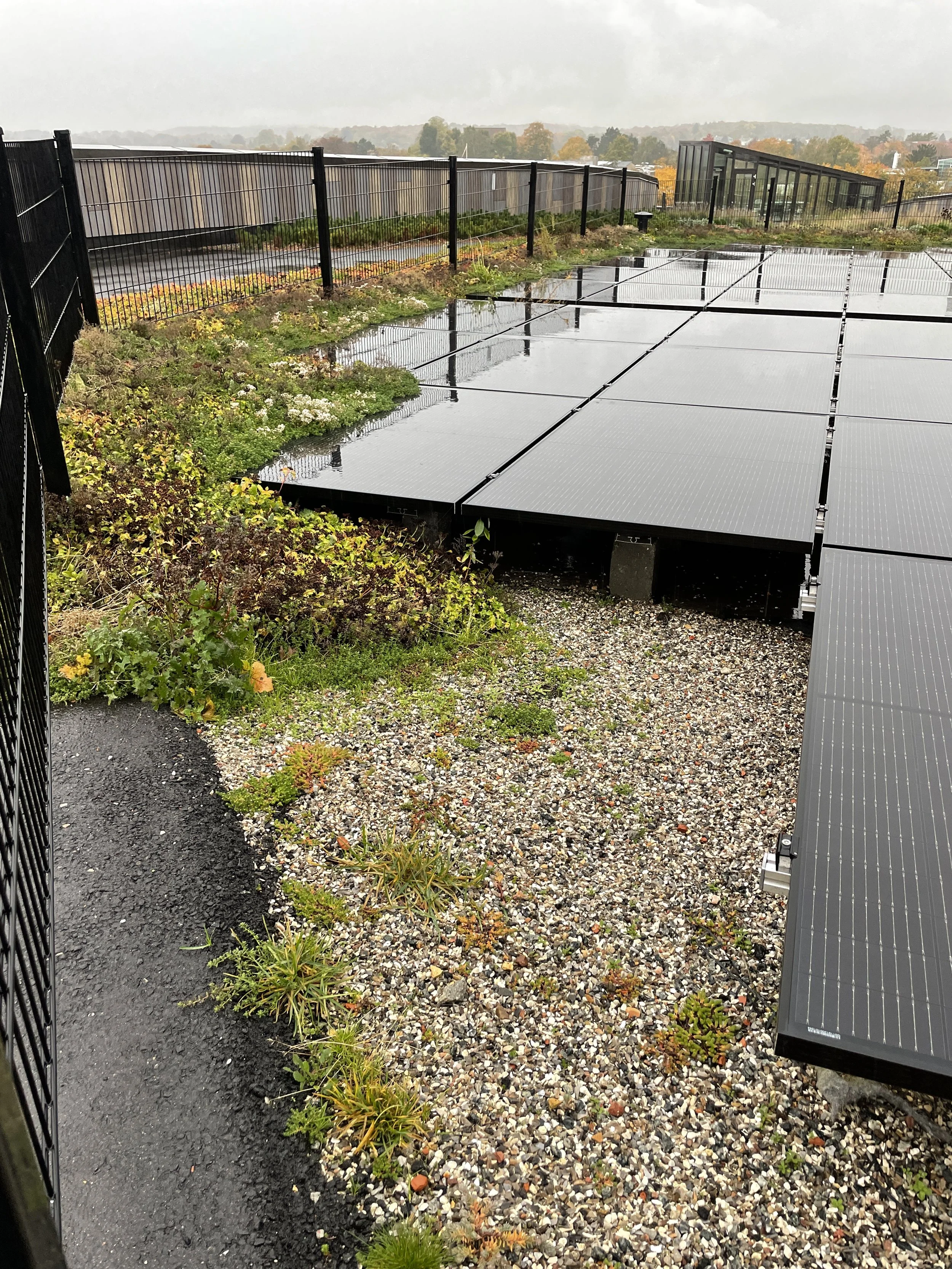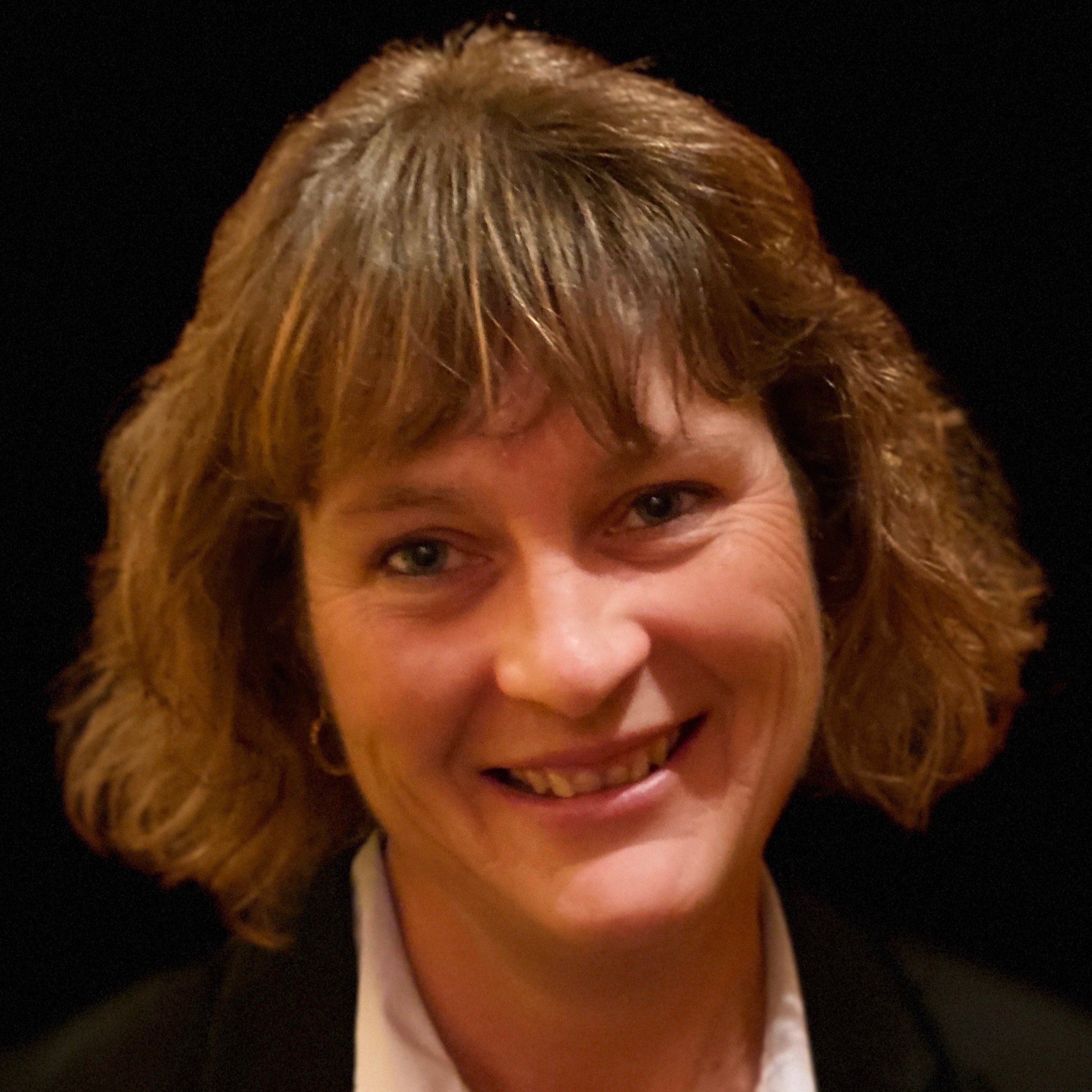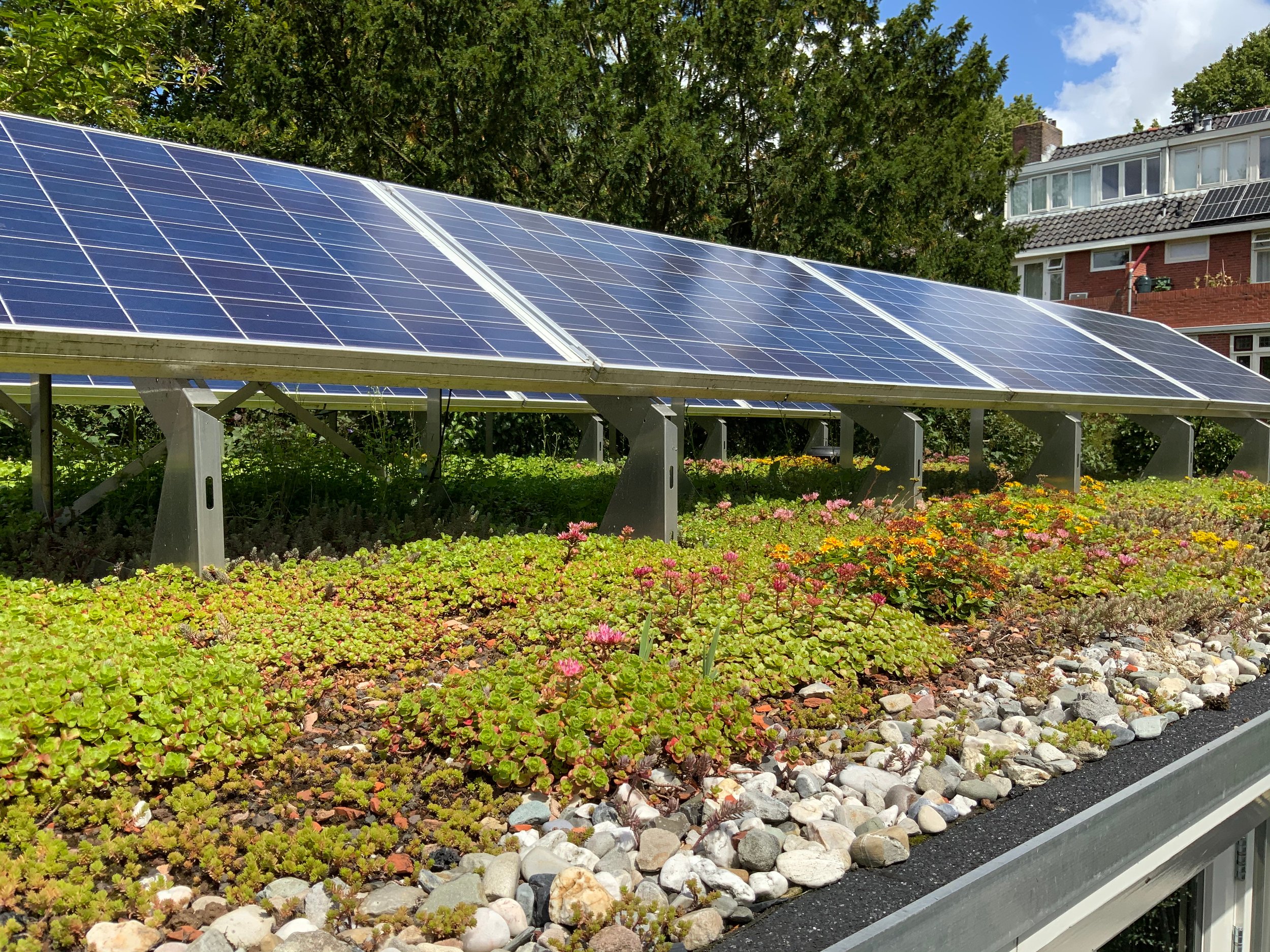Photovoltaic on Green Roofs – the Scandinavian Way
Advertisement
A construction wave is underway in our cities and it is usually done through densification, which in many cases causes green spaces to disappear in the city. In order to have a sustainable and resilient city, we must bring nature into the city in different ways. Large empty roof surfaces can be used and be a part of the solution. However, there are many property owners who opt out of a green roof in favor of photovoltaic panels and other renewable energy technologies.
By combining renewable technology and nature-based solutions in innovative new ways, interesting synergy effects are created resulting in a more sustainable city and better use of roof spaces. When green roofs and photovoltaic panels are combined on the same roof surface, we get a system that can provide climate-smart electrical energy and contribute to valuable ecosystem services such as biodiversity, stormwater retention and detention, and temperature regulation. With a holistic design approach, the roofscapes can also have great experiential value.
The Sofia building in Malmö, a biotope roof combined with PV panels, by MKB Fastighets AB. Photo: Svetlana Lavrentyeva, Laurel Landscaping.
Creating Both Ecosystem Services and Green/Renewable Energy
In the dense city many functions must fit into a limited area. Here the roofs can become a valuable resource that can make space for both developing the city's green infrastructure as well as producing local renewable electric energy. When photovoltaic panels are combined with green roofs, we can see many synergistic effects. Both technologies work to reduce climate change and adapt to its effects.
Advertisement
When properly designed, green roofs have a potential to contribute with important ecosystem services, such as biodiversity and stormwater management. Especially if the roofs can work in connection to the surrounding green infrastructure. We need to produce local climate-smart electrical energy to make cities more self-sufficient and less vulnerable to energy crises. But if we solely put photovoltaic panels on all roofs, it can result in so-called “heat island effects” that occur around dark and hard surfaces [1]. During heat waves, the urban heat island can create risks for the health and well-being of the residents. This situation can be balanced when solar panels are combined with rooftop vegetation that through its evapotranspiration process, cools down its environment. When cooled down, the solar panels also increase their efficiency of electricity production. The photovoltaic panels shade the vegetation providing them with better drought resistance during dry periods. Beside ecosystem services and energy production the green roofscape can also provide beauty and cultural expressions with aesthetic and recreational qualities.
Green Roof Vegetation and Photovoltaic Panels (PV)
The type of vegetation system installed on a roof is fundamental for how the surface can be used but also for the roof's ability to deliver ecosystem services (Ode Sang, 2022). This is also the case when combined with PV panels. Most of these values are connected to the ability of the vegetation layer to store and retain water which in turn is dependent on substrate thickness and substrate composition. A thicker substrate on the roof can support plants with higher water use as compared to thinner profile roofs. Thicker, water holding substrates increase survivability of more plant species, i.e., roofs with substrate thickness above the most extensive type systems generally allow for more plant biodiversity.
Combining photovoltaic panels with green roofs is a good idea but certain issues must be kept in mind [2]. All roof vegetation needs to be maintained and this is increasingly important in a combined installation. Tall growing plants can reduce energy production through shading PV panels, and may also damage panels if left uncontrolled. This is particularly a case when woody plants become established. Panels that are installed horizontally or inclined will catch and channel water to the drip line of the panel and thereby increase water availability in this part of the roof. Increasing water availability will stimulate growth and allow taller growing plants. During the design phase, this must be taken into consideration and mitigated through proper use of substrate quality, reduced thickness under the drip line and by using drainage boards to channel the collected water to other parts of the roof [3].
Advertisement
Green roof vegetation will lead to lower PV panel temperatures if installed at a distance above the vegetation. This can in turn improve PV energy production efficiency anywhere from 5 to 15 per cent. In case of bifacial panels, increasing vegetation reflection can also add additional increase in energy production [4].
Rooftop agrivoltaics, which also involves growing food under PV panels, have not yet been applied in Sweden in any installations that we are aware of. Agrivoltaics have just started to be explored on ground installations which are often focusing on feed production for cattle.
Aerial view of the Koppången neighborhood in Norra Djurgårdsstaden, Stockholm, has several roofs that combine sedum mats and solar panels. Photo: Åke Gunnarsson, VUE
Fire Risk – Green Roofs and Photovoltaic Systems
The design of any type of roof covering needs to take protection against fire into account. How this is done however, differs between countries due to differences in building regulations.
Based on recent studies [5, 6, 7, 8] it has been shown that the contribution to fire from green roofs can be viewed as minor or negligible during most days of a normal year in European and North American climates. It is also stated in [9] and [5] that high insulation values of the growing media effectively protects the roof build-up from fire hazard.
The risk of ignition and fire caused by photovoltaic systems mainly stems from malfunctions in the electrical system’s connectors, switches, and other contact points [10, 11]. It is therefore important that the design and installation of PV-systems are based on applicable legal requirements, and carried out in accordance with good practice by professionals with an adequate level of proficiency.
Advertisement
Interaction Between Roof Covering Material and PV-Systems
When assessing fire risk regarding green roof coverings and photovoltaics these cannot only be studied as separate phenomena. The assessment needs to take the system as a whole into account, where the possible interactions between the roof covering material and the electrical system are studied and assessed.
In previous research [10, 12] it has been noted that the presence of the PV-panels themselves contributes to a risk of more severe fire propagation over a roof surface due to re-radiation mechanisms in comparison to a roof without panels.
When designing green roofs in combination with photovoltaics it is important that the fire safety design view the system as a whole. Measures need to be taken to both reduce the likelihood of ignition (as dry vegetation can be combustible) and the consequences of an electrical fault (ignition and flame spread).
The Fifth Facade
Base Camp, Skovens Lyngby, Denmark, a very good example of the fifth façade where living areas and outdoor recreation are maximized together with vegetation and PV panels. Photo: Helen Johansson, Scandinavian Green Roof Institute,
There is a growing demand to install photovoltaic panels on roofs and at the same time the roof tops are large areas in the city that will need to be used to bring in vegetation and provide much needed spaces for recreation. What could a combination of photovoltaic panels and living areas look like?
In many projects in Sweden, we see that people choose to put photovoltaic panels on more inaccessible roofs, often higher up, and plan for green roofs on larger terraces for recreation on lower building levels. However, solar panels are rarely combined with green roofs, which of course would be beneficial with the many synergies that have been established.
In Denmark, the project BaseCamp in Skovens Lyngby, is a very good example of the real meaning of using the so-called fifth facade on a building. Here, living areas and outdoor recreation are maximized together with vegetation and solar panels.
Summary
In summary, PV panels and green roofs in combination are on the rise in Sweden. This is an excellent idea that provides many synergies. In addition, the combination addresses two of our biggest challenges as mentioned above: allowing nature to (re)take its place in the city and doing it side by side with a climate-smart technology to create renewable electrical energy.
Advertisement
Anders Mårsén, Landscape Architect at Landskapslaget AB and associate professor at SLU. Anders have a special interest to combine ecological and social qualities in both urban design scale and in shaping places.
Tobias Emilsson is working as a researcher at the Swedish university of agricultural sciences. Tobias focus has been on technical aspects of green roof and green wall installations as well as urban systems such as street tree installation and storm water planters. His research has involved different companies, public organizations as well as more fundamental research problems.
Alexander Elias, Fire Safety Engineer and M.Sc. Risk Management and Societal Safety from Lund University, is working for Brandskyddslaget, Stockholm and is involved with questions regarding fire safety design in a wide range of applications. Through his work Alexander has developed a special interest in fire safety design related to applications for sustainable development, green building techniques and innovative electrical systems.
Helen Johansson, CEO at Scandinavian Green Roof Institute, gives lectures and courses about blue green urban solutions and has a special interest of green roofs
References
[1] Sailor, D. J., Anand, J., & King, R. R. (2021). Photovoltaics in the built environment: A critical review. Energy and Buildings, 253, 111479. https://doi.org/10.1016/j.enbuild.2021.111479
[2] Shafique, M., Luo, X., & Zuo, J. (2020). Photovoltaic-green roofs: A review of benefits, limitations, and trends. Solar Energy, 202, 485–497. https://doi.org/10.1016/j.solener.2020.02.101
[3] Bernd Vogl, Stefan Sattler, & Kristina Grgic (Eds.). (2022). Solar Energy Handbook—Guidance on Combining Solar Technology with Green Roofs & Vertical Greening Systems (p. 68). Media owner and publisher Vienna Municipal Administration, Municipal Department 20 – Energy Planning. www.energieplanung.wien.gv.at
4] Baumann, T., Nussbaumer, H., Klenk, M., Dreisiebner, A., Carigiet, F., & Baumgartner, F. (2019). Photovoltaic systems with vertically mounted bifacial PV modules in combination with green roofs. Solar Energy, 190, 139–146. https://doi.org/10.1016/j.solener.2019.08.014
[5] A. Elias och D. Håkansson, ”Örtsedumtak - En kartläggning av ett örtsedumtaks brandegenskaper och utformning med avseende på brand,” Lunds Universitet, Lunds Tekniska Högskola, Avdelningen för Brandteknik, Lund, 2016.
[6] A. Elias, E. Gunnarsson, D. Håkansson, R. Jansson McNamee, J. Lövgren Forsslund och A. Mossberg, ”Gröna tak - ur brandteknisk synvinkel,” Brandskyddslaget, Stockholm, 2017.
[7] N. Gerzhova, P. Blanchet, C. Dagenais och S. Ménard, ”Flammability Characteristics of Green Roofs,” Buildnings, Juli 2020.
[8] R. Miller och N. Gerzhova, ”Understanding the Behaviour of Fire and Green Roofs,” Living Architecture Monitor , 2021.
[9] Department for Communities and Local Government , ”Fire Performance of Green Roofs and Walls,” Department for Communities and Local Government , London , 2013.
[10] N. A. F. Mohd Nizam Ong, M. A. Sadiq, M. S. M. Said, G. Jomaas, M. Z. Mohd Tohir och J. Steemann Kristensen, ”Fault tree analysis of fires on rooftops with photovoltaic systems,” Journal of Building Engineering, vol. Volym 46, nr 2022, 2022.
[11] P. Andersson, A. Byström, R. Fjellgaard Mikalsen, M. Försth, P. Van Hees, P. Kovács och M. Runefors, ”Innovativa elsystem i byggnader – konsekvenser för brandsäkerhet,” RISE, 2019.
[12] J. Steemann Kristensen, B. Merci och G. Jomaas, ”Fire-induced reradiation underneath photovoltaic arrays on flat roofs,” Fire and Materials, vol. Volym 42, 2018.











